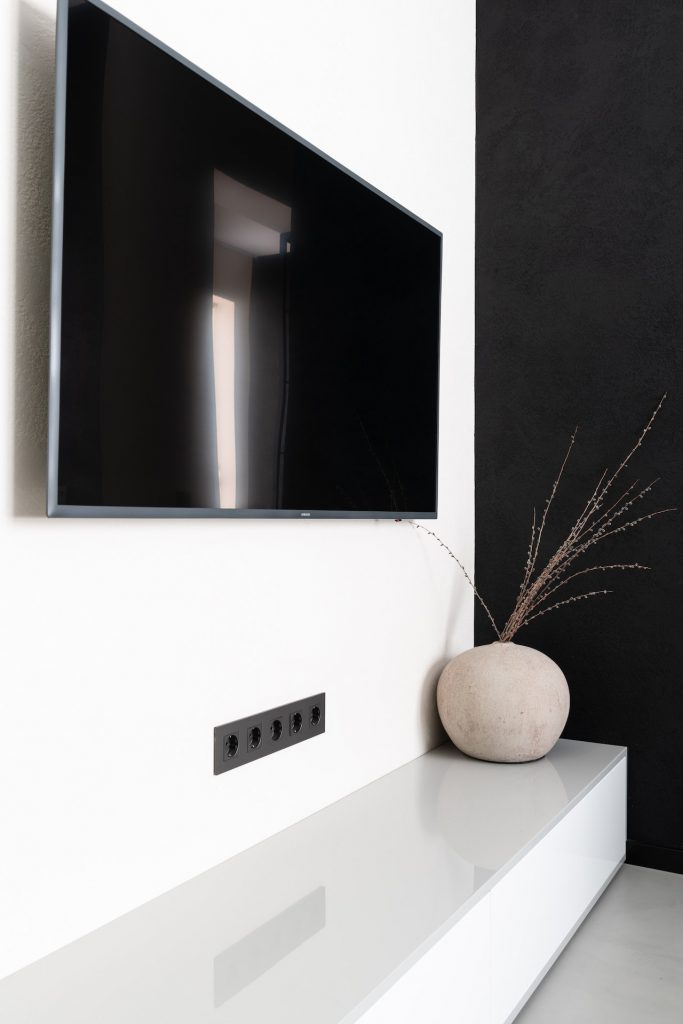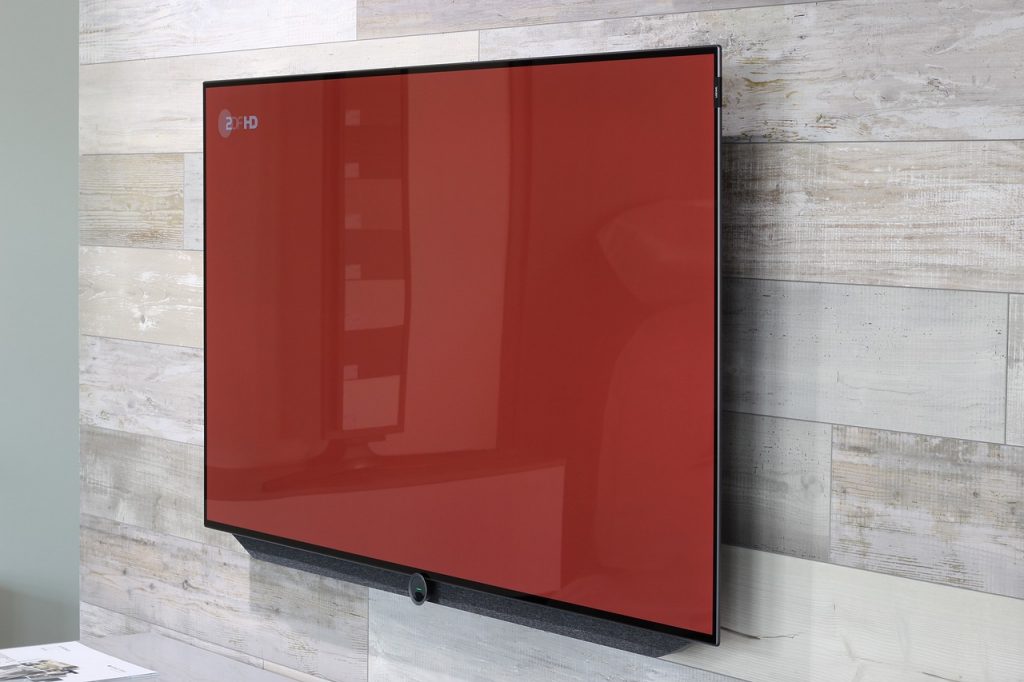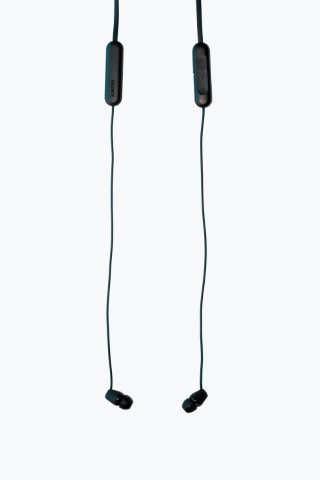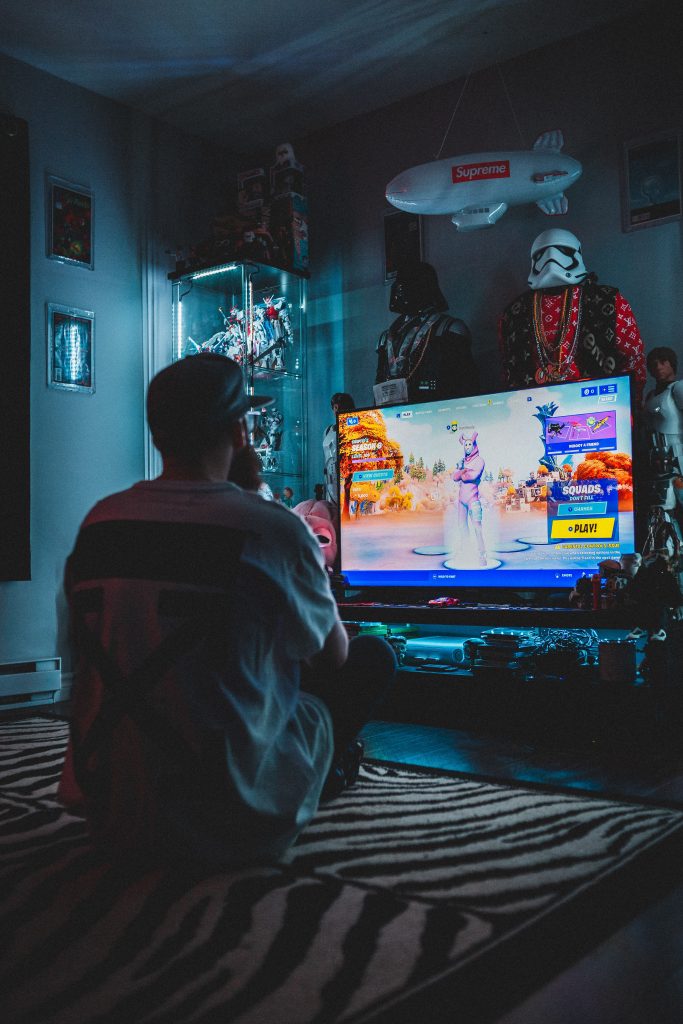- Introduction to the two tv types
- Neo QLED vs. OLED: Our review and comparisons
- What is OLED?
- What are the benefits of OLED?
- What does OlEd Mean?
- How does OLED work?
- The history of OLED
- The future of OLED
- What is a QLED TV?
- How do QLED TVs work?
- The benefits of using a QLED TV
- The drawbacks of QLED TVs
- Are QLED TVs worth the money?
- OLED VS. QLED
Introduction to the two tv types
It seems like every year, or even multiple times a year, there are new technologies coming out. From computers, to stoves, to freezers to our favorite… TVs. There is always something new and better. Sometimes the hype is worth it… and sometimes it isn’t… YES we are looking directly at you 3D televisions.
We have already talked a bit about what backlight means when it come to TVs , so we will now actually look at the tvs tech directly.
So again we have moved on to another new type of tech. In our day we just had round glass tvs, bigger round ones… then projections which made bigger screens an option for a big ( and decently cheap ) TV for home. Then it came to Plasma, then LCD , LED , OLED , and QLED and ldsfjasofj … the list never ends. So let’s take an easy to understand look at the QLED vs OLED tech that has come out. Stick with our guide, and we will give you our full results at the end of the article.
e take a look at the pros and cons of each of these types of tv’s as well as their histories and all the other info we found out about these tv types.
Neo QLED vs. OLED: Our review and comparisons
What is OLED?
Let’s get down to the first competitor in this head to head challenge. We have the new kid on the block… OLED… but what is it really? This is th enew kid on the block when it comes to display technology used in televisions and other devices. OLED displays are made up of thin, flat sheets of organic material that emit light when an electric current is applied. They are more efficient than traditional LCDs and can produce deeper blacks and brighter colors. So this is a huge bonus for some users… which we will get to at the end.
OLED technology has been around for a while, but it has only recently become affordable for use in consumer electronics. OLED TVs are now available from major manufacturers such as LG, Samsung, and Sony.
If you’re looking for the best possible picture quality for your next TV, OLED is the way to go. However, OLED TVs can be pretty expensive, and are only really wroth it for the right people… I know it sounds like a broken record… but we will get back to that at the bottom.
What are the benefits of OLED?
OLED televisions have a couple big benefits that make them a great choice for certain users. They are thinner and lighter than other types of TVs, so they use less energy and are easier to transport. OLEDs also have a faster response time, so they can display action-packed scenes without blurring. Plus, OLEDs offer better image quality than most LCDs and plasma TVs.
What does OlEd Mean?
OLED stands for organic light-emitting diode.
How does OLED work?
An OLED is made up of a thin film of organic materials that emit light when an electric current is passed through them. So what does this really mean to the user? Well… it’s a flat and really deep color setup. This is awesome for people who like games, or horror movies. It allows the different shades of black to really be appreciated. I know that people say black is black, but have you seen a black that is a bit grainy… it almost looks grey .. even though it’s black.

That is where OLED really … shines?
The history of OLED
OLED technology has been around for over a decade, but it was only in the last few years that it became widely available, and even affordable, in television options for people at home. It’s pretty cool that this technology uses organic materials to create images.
Kodak first developed OLED in the early 2000s. They had been working on the technology for several years, but it was in 2007 that Samsung released the world’s first OLED television. Since then, LG has also released several OLED TVs and I am sure there will be a lot more budget friendly ones that continue to come out… unless a newer tech comes out… which is VERY likely.
The future of OLED
OLED technology has been around for years, but it has only recently begun to be used in TVs. OLED TVs are thinner, lighter, and more energy-efficient than traditional LCD TVs. They also offer better picture quality, with deeper blacks and more vibrant colors. So the question really is how thin does a TV really need to be? Well some people think that Rollable TV tech is the next big thing…. but really do we need it? And how Black does the black on the screen need to be?
Despite these drawbacks, OLED is the future of TV technology. Manufacturers continue investing in OLED research and development, and prices are slowly decreasing. OLED TVs could be the norm in a few years rather than the exception. But, again we see new techs come out so much quicker recently, so who knows that there won’t be a better type of LED format to be used in TVs.
What is a QLED TV?
Alright, we now kinda know what OLED is, now let’s move over to the competitor in this head to head TV comparison…. QLED!!!! QLED is a new type of television that offers better picture quality and a wider range of colors than traditional LCD TVs. BUT are QLED TVs they better than OLED TVs?! QLED TVs use an array of tiny LEDs to produce light instead of the backlight used in LCD TVs. This results in a brighter, more vibrant picture with greater contrast and more accurate colors.
QLED TVs are also more energy-efficient than LCD TVs since they use less power to produce the same amount of light. They also have a longer lifespan since the LEDs used in QLED TVs last longer than the fluorescent bulbs used in LCD TVs. So these are two pretty awesome things, but let’s be honest. I don’t think I have ever though… wow I bet if I watched less TV I’d save so much money. But the lifetime is a huge deal, because if you can have a nice , big TV for 10 years that would be awesome.
How do QLED TVs work?
QLED TVs are a new type of television that use light-emitting diodes (LEDs) to produce a bright, clear picture. They are different from traditional LED TVs because they use a quantum dot film to create an even brighter image. So what does that mean?

It is pretty simple actually…. the quantum dot film is placed between the backlight and the LCD panel. This creates an array of tiny dots that emit different colors of light when excited by an electric current. The backlight shines through the dots, generating the colors that make up the image on the screen. Easy HUH?
QLED TVs can produce a broader range of colors than traditional LED TVs and have higher peak brightness levels. This results in a more realistic and vibrant picture that is closer to what you would see in real life.
The benefits of using a QLED TV
QLED TVs are the latest innovation in television technology, offering several benefits over traditional LCD TVs. QLED TVs use quantum dot technology to produce more vibrant colors and a wider color gamut than LCD TVs. So to summarize the points.. they are brighter… they could last longer… and they have more vibrant colors.. which is similar to they are brighter but not exactly the same thing.
The drawbacks of QLED TVs
QLED TVs have been advertised as the next big thing in television technology. However, there are some drawbacks to these TVs that consumers should be aware of before they buy one… as you don’t want to be that guy with the modern day equivalent of the 3D TV.
One of the main drawbacks of QLED TVs is their price. They are expensive…… and I mean pretty expensive. These TVs are typically much more expensive than other types of TVs on the market, which may make them unaffordable for people at home looking for a new TV. Additionally, QLED TVs can suffer from image retention or “burn-in” if images are displayed on the screen for too long. This can be a major problem if you use your TV for gaming or watching movies where the image stays in a similar spot for a continued point in time. This is actually something that is most noticed by first person shooters more often than other types of video games.
Overall, QLED TVs offer some great features and benefits. However, their high price tag and potential for image retention may make them less appealing to some consumers.
Are QLED TVs worth the money?
QLED televisions are becoming more popular as technology improves and the price decreases. But are they worth the money? Right now we can’t honestly answer that as we have the breakdown right below here so keep reading… you are almost there!
So, if you’re looking for the best picture quality possible, QLED TVs are definitely worth the extra money. However, if you’re on a budget, there are still great options available in the LCD TV market.
OLED VS. QLED
| Feature | OLED | QLED |
| Cost | Winner | |
| Black Level | Winner | |
| Brightness | Winner | |
| Viewing Angles | Winner | |
| Response Time | Winner |
So overall we have to say that the winner is OLED… FOR US. THis is because we want to play games that are pretty dark… watch darker movies and honestly turn down our contrast and brightness. But as the technology continues to go on the truth is that with the price getting closer to almost the same for both TV technologies. So it really comes down to what you think would be best for you.
Here is someone elses review for 2022 when it comes to OLED vs QLED
For a Family, I would probably go with the QLED, because you have more eyes from different areas of the room, and kids usually like brighter cartoons or images. But again, I find that I get eye strain from looking at bright TVs, so I try a couple tips to avoid eye strain from screens . so why would I buy one that is designed to be brighter?












